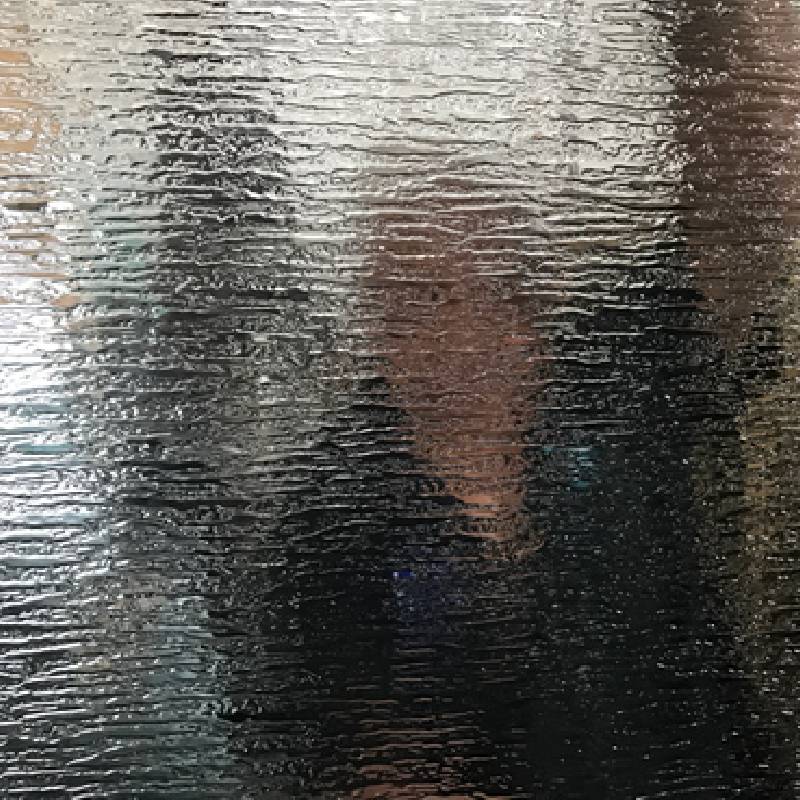The Art and Science of Mirror Cutting
Mirror cutting is an intricate craft that combines aesthetic appeal with precision engineering. It involves shaping sheets of glass or acrylic into polished, reflective surfaces that serve various functions—from decorative art pieces to practical applications in architecture and design. As we explore the world of mirror cutting, we uncover its historical roots, the techniques involved, and the contemporary innovations that continue to shape this fascinating field.
Historically, mirrors have been an essential component of human civilization, dating back to ancient times when polished stone and metals were used to create reflective surfaces. With advancements in glass manufacturing, mirrors evolved into the familiar forms we use today. The introduction of silvering processes in the 19th century allowed for the creation of high-quality mirrors that reflected images with remarkable clarity. This development marked the birth of modern mirror-making and set the stage for more sophisticated techniques, including mirror cutting.
The basic process of mirror cutting begins with selecting the right type of glass. Typically, high-quality float glass is preferred due to its clarity and uniform thickness. Once the glass is sourced, it undergoes a thorough cleaning to eliminate any imperfections or contaminants that could affect the final result. Precision is crucial—any error in this stage can lead to significant flaws in the finished product.
After cleaning, the glass is marked for cutting. This process requires a steady hand and a keen eye, as the cuts must be straight and even to ensure that the pieces fit together accurately. Glass cutters use specialized tools that score the surface, allowing for clean breaks along predetermined lines. The skill of the artisan is paramount here, as even minor deviations can lead to wasted material and increased costs.
mirror cutting
Once the mirrors are cut, the edges are smoothed and polished to remove any sharpness that could pose a safety hazard. Depending on the final application, additional treatments, such as beveling or etching, may be applied to enhance the aesthetic quality of the mirrors. Beveling involves creating angled edges, which can reflect light in intriguing ways, while etching allows for artistic designs to be applied to the surface.
The versatility of mirror cutting extends beyond traditional uses in home decor. In contemporary interior design, mirrors play a vital role in creating the illusion of space and light. Architectural firms often incorporate mirrors into wall designs, ceilings, and even furniture to evoke a sense of openness and elegance. Furthermore, technological advancements have introduced smart mirrors—interactive surfaces that integrate digital displays and touch functionality, revolutionizing how we engage with these reflective surfaces.
In today’s world, where customization and personalization are highly valued, mirror cutting remains an art form that resonates with many. Designers and craftsmen continue to push the boundaries of creativity, exploring new shapes, finishes, and applications for mirror glass. Whether in a chic urban apartment, a wellness spa, or an art installation, the beauty and functionality of mirror cutting are unmistakable.
As we reflect on the significance of this craft, it becomes clear that mirror cutting is more than just a technical skill—it's a blend of art, science, and innovation that brings light and elegance into our lives.
 Afrikaans
Afrikaans  Albanian
Albanian  Amharic
Amharic  Arabic
Arabic  Armenian
Armenian  Azerbaijani
Azerbaijani  Basque
Basque  Belarusian
Belarusian  Bengali
Bengali  Bosnian
Bosnian  Bulgarian
Bulgarian  Catalan
Catalan  Cebuano
Cebuano  Corsican
Corsican  Croatian
Croatian  Czech
Czech  Danish
Danish  Dutch
Dutch  English
English  Esperanto
Esperanto  Estonian
Estonian  Finnish
Finnish  French
French  Frisian
Frisian  Galician
Galician  Georgian
Georgian  German
German  Greek
Greek  Gujarati
Gujarati  Haitian Creole
Haitian Creole  hausa
hausa  hawaiian
hawaiian  Hebrew
Hebrew  Hindi
Hindi  Miao
Miao  Hungarian
Hungarian  Icelandic
Icelandic  igbo
igbo  Indonesian
Indonesian  irish
irish  Italian
Italian  Japanese
Japanese  Javanese
Javanese  Kannada
Kannada  kazakh
kazakh  Khmer
Khmer  Rwandese
Rwandese  Korean
Korean  Kurdish
Kurdish  Kyrgyz
Kyrgyz  Lao
Lao  Latin
Latin  Latvian
Latvian  Lithuanian
Lithuanian  Luxembourgish
Luxembourgish  Macedonian
Macedonian  Malgashi
Malgashi  Malay
Malay  Malayalam
Malayalam  Maltese
Maltese  Maori
Maori  Marathi
Marathi  Mongolian
Mongolian  Myanmar
Myanmar  Nepali
Nepali  Norwegian
Norwegian  Norwegian
Norwegian  Occitan
Occitan  Pashto
Pashto  Persian
Persian  Polish
Polish  Portuguese
Portuguese  Punjabi
Punjabi  Romanian
Romanian  Russian
Russian  Samoan
Samoan  Scottish Gaelic
Scottish Gaelic  Serbian
Serbian  Sesotho
Sesotho  Shona
Shona  Sindhi
Sindhi  Sinhala
Sinhala  Slovak
Slovak  Slovenian
Slovenian  Somali
Somali  Spanish
Spanish  Sundanese
Sundanese  Swahili
Swahili  Swedish
Swedish  Tagalog
Tagalog  Tajik
Tajik  Tamil
Tamil  Tatar
Tatar  Telugu
Telugu  Thai
Thai  Turkish
Turkish  Turkmen
Turkmen  Ukrainian
Ukrainian  Urdu
Urdu  Uighur
Uighur  Uzbek
Uzbek  Vietnamese
Vietnamese  Welsh
Welsh  Bantu
Bantu  Yiddish
Yiddish  Yoruba
Yoruba  Zulu
Zulu 

